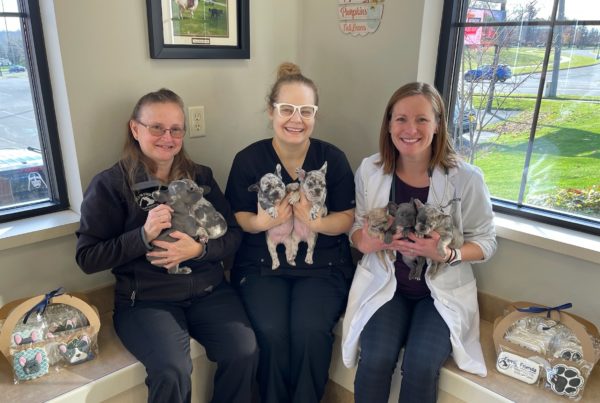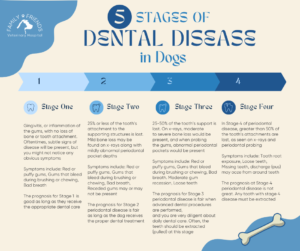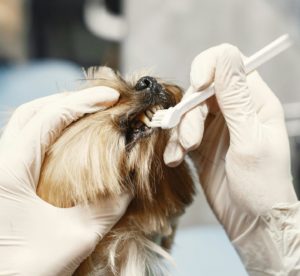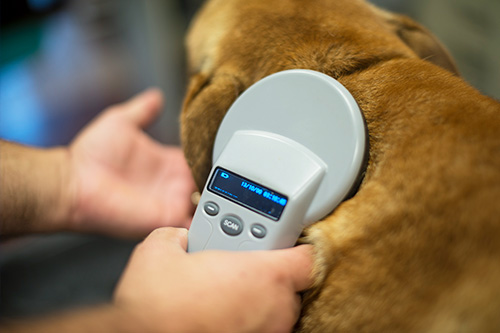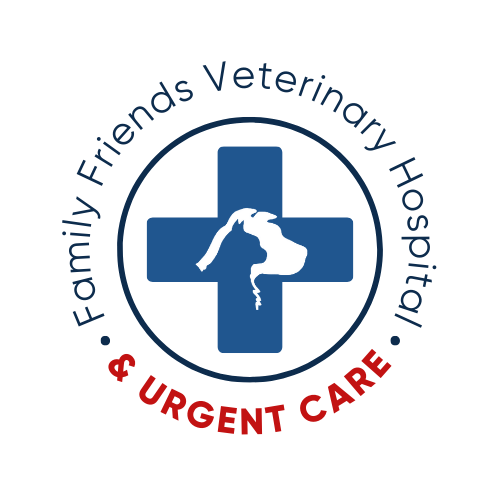Introduction
Hello, cherished pet parents! We at Family Friends Veterinary Hospital are thrilled to bring you an insightful guide dedicated to understanding the signs and stages of dental disease in your beloved dogs and cats. Your furry friends’ dental health is of paramount importance, and recognizing the various stages of dental disease is the first step in ensuring they lead happy, healthy lives. Let’s dive into the details and empower you to be proactive guardians of your pets’ dental well-being.
Recognizing the Signs in Cats
Cats are known for their grooming habits, and any deviation from their usual meticulous self-care routine may be indicative of dental problems. Watch out for excessive drooling, as cats typically do not drool excessively unless there’s an issue in their mouths. Changes in eating habits, reluctance to chew, or pawing at the face are also red flags in our whiskered friends. Furthermore, pay close attention to your cat’s behavior during grooming; if they seem to avoid or become sensitive around their face, it could be a sign of oral discomfort.
Recognizing the Signs in Dogs
In our canine companions, dental disease can present with distinct signs that warrant careful observation. Dogs may exhibit reluctance to chew on toys or bones, and you might notice them favoring one side of their mouth while eating. Keep an eye out for red or bleeding gums, which can be a sign of inflammation or infection. Persistent bad breath in dogs, often stronger than their usual doggy breath, may indicate a buildup of bacteria in the mouth. Changes in behavior such as increased irritability, especially when handling their mouths, can also point to dental discomfort. Additionally, pawing at the face or rubbing it against surfaces could be a dog’s way of signaling oral pain. As devoted pet parents, being attuned to these specific signs in both our canine and feline friends allows us to take proactive measures in ensuring their dental health and overall well-being.
The Stages of Dental Disease in Pets
Dental disease is a common yet often overlooked issue in pets. It goes beyond bad breath and can lead to serious health problems if not addressed promptly. Here are the key stages of dental disease in dogs and cats:
Stage 1: Gingivitis – The Beginning
Gingivitis marks the initial stage of dental disease, characterized by inflammation of the gums. Signs may be subtle, including mild redness and occasional bad breath. Regular dental check-ups can catch gingivitis early, preventing progression to more severe stages.
Stage 2: Early Periodontal Disease – Building Under the Surface
As dental disease progresses, it can lead to early periodontal disease. At this stage, there may be visible plaque and tartar buildup, causing gums to recede. Pet parents might notice increased bad breath, and pets may exhibit discomfort while eating.
Stage 3: Moderate Periodontal Disease – Unveiling the Damage
Moderate periodontal disease signifies deeper issues. Gums continue to recede, and pockets form between the teeth and gums. Pets may experience pain, leading to changes in eating habits and increased drooling.
Stage 4: Advanced Periodontal Disease – The Critical Stage
At the advanced stage, dental disease can cause significant damage. Teeth may become loose or even fall out, impacting your pet’s ability to eat comfortably. Chronic pain, infections, and systemic health issues may arise, affecting vital organs.
5 Stages Dental Disease in Dogs [Infographic]
Preventive Measures and Seeking Professional Help
Regular Dental Check-ups: Schedule routine dental examinations to catch issues early.
At-Home Oral Care: Implement a dental care routine, including brushing and providing dental chews or toys.
Professional Dental Cleanings: Periodic cleanings by veterinary professionals are crucial to maintaining optimal oral health.
Conclusion
As dedicated pet parents, your vigilance is key to your pets’ dental well-being. Understanding the signs and stages of dental disease empowers you to take proactive steps in preventing and addressing issues promptly. Family Friends Veterinary Hospital is here to support you on this journey, providing expert care and guidance. Let’s join hands in ensuring our furry friends flaunt not only happy tails but also healthy smiles!


